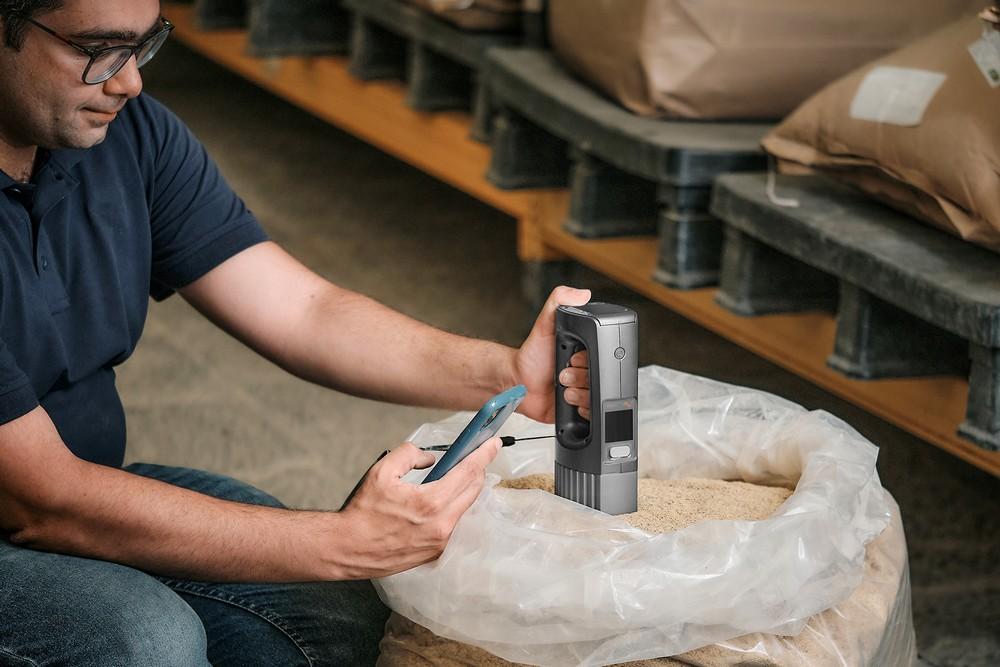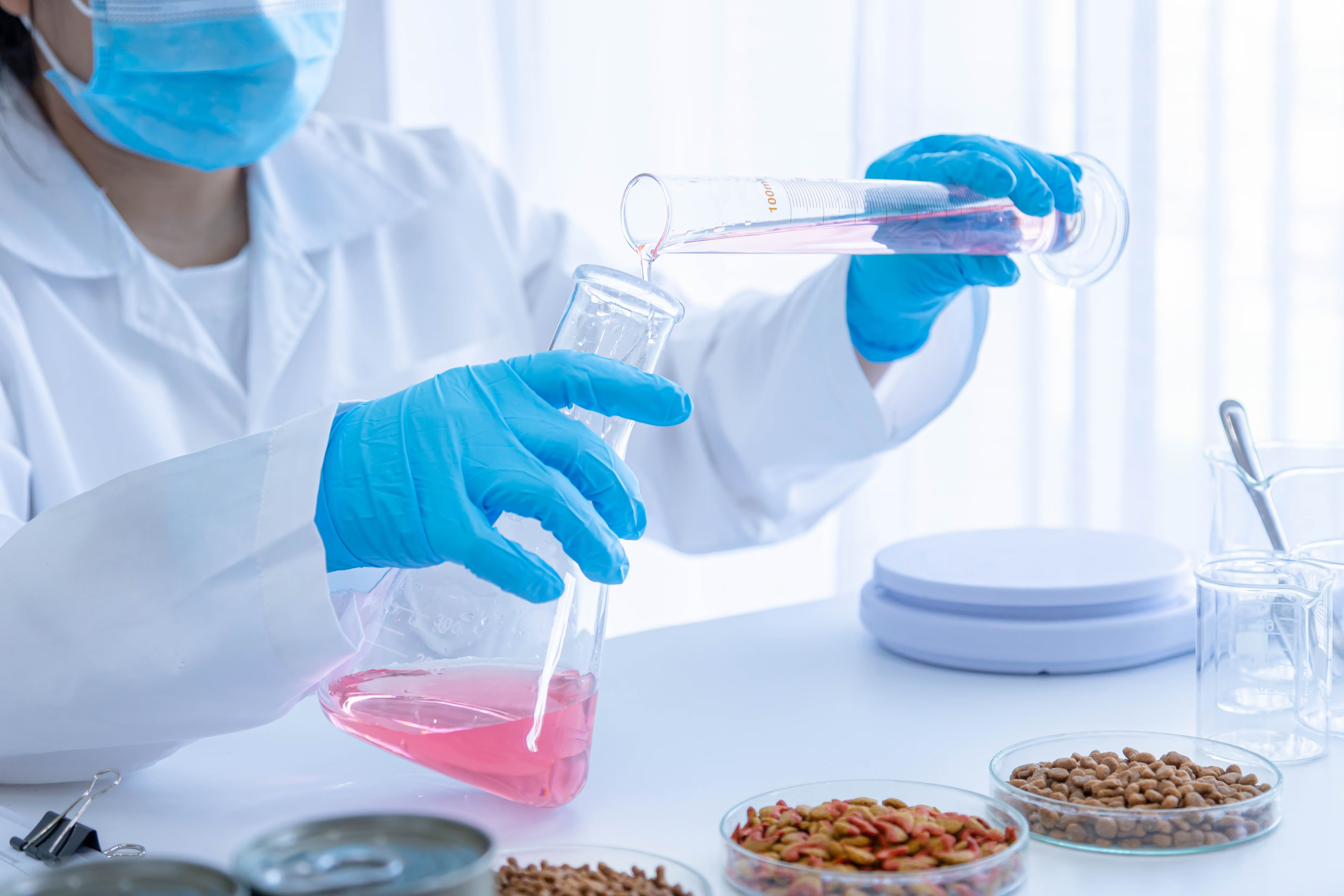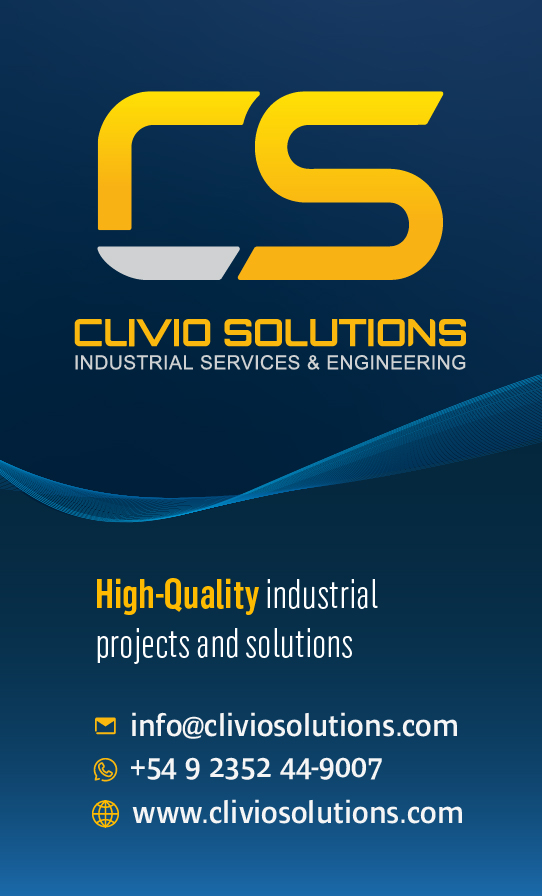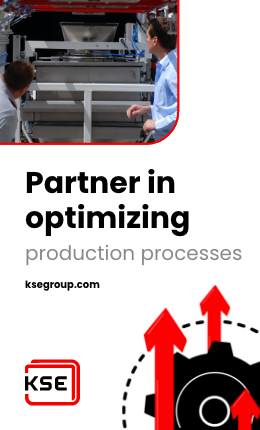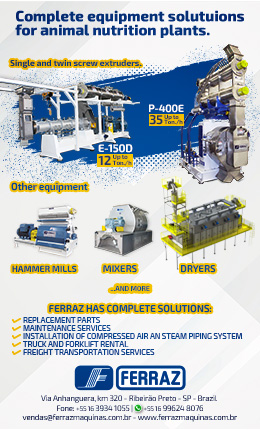Pet Food production shares many of the raw materials with the much larger feed markets and as such has been subject to the same fluctuations in cost and supply due to unstable global markets for core ingredients and geopolitical crises. The last two years have seen production and supply chain issues due to COVID-19, and the 2022 Russian aggression in Ukraine has further affected the global commodity market with record prices in 2022 for many pet food ingredients.
Additionally, the pet food market has its own dynamic forces such as changing consumer trends in formulations and added value ingredients such as exotic protein sources or new healthful ingredients. A quick look at available pet foods will find products for all life stages, grain-free or novel protein formulas such as salmon or duck, and many other options.
Like other feed producers, pet food manufacturers are challenged to create recipes for a multitude of aquaculture feeds utilizing many different ingredients, often sourced globally, to balance the palatability and proper nutritional profile at the lowest price point.
{{editor}}
Formulating feed recipes on a least-cost basis is not a simple task. On the quality side of the equation, pet food ingredients are natural products with inherent variability in composition based on growing environments, variety, processing, and storage conditions. Wheat bran can vary from 14-17% protein, as an example, while fish meals can range from 60-75% protein depending on type and season.
The combination of variable raw material costs and quality with the requirement to produce many defined recipes with specific nutritional profiles places unique challenges on pet food producers.
The pet food industry was one of the early adopters of NIR technology, and most pet food manufacturers are already familiar with the benefits of using NIR instrumentation technology to test ingredients for nutritional composition. This technology is commonly used in laboratories via benchtop instruments, but these instruments tend to be expensive and require skilled operators.
In terms of cost, NIR analysis is less expensive and faster than wet chemistry methods in general, with similar or better precision. For example, the cost of routine proximate analysis is only about one-third of the cost of wet chemistry, and the analysis is typically completed in less than a minute.
The benefits of frequent analysis can be seen throughout the pet food value chain. Incoming raw ingredients can be monitored to ensure they meet contract claims, providing evidence for claims where the quality is below specification and valuable data to take advantage of when quality is higher. Pet food producers can use this information to adjust formulations based on commodity or ingredient prices and still maintain proper nutritional specifications for the various final pet food recipes.
Final compound pet food can be monitored at production to ensure labeled specifications and closely monitor moisture content to adjust the drying ovens. Moisture is a critical component for pet food as high moisture product leads to spoilage and short shelf-life issues, while low moistures affect palatability and increase raw material costs. For most manufacturing plants, the savings from precise control of moisture can pay for a NIR program in weeks or months with a large ROI.

However, the actual value of frequent NIR testing can only be realized by easy, on-site testing throughout the product chain. As technology has advanced, NIR has left the confines of the laboratory and become portable and accessible to pet food manufacturers in many locations in their facilities. NIR is about putting more information into the hands of the plant managers so that they can have complete insight into all stages of their process
With the cost of bench-top instrumentation ranging from 40 to 100K dollars and a concurrent requirement for a clean and stable environment and well-trained operators, many pet food manufacturers are looking for reliable instrumentation that is portable, rugged, and able to accurately analyze proximate parameters. An additional requirement for the next-generation solutions is that they must also be implementable at every point in the manufacturing process (raw material through final product) with an ease of use and cost that positively affects the efficiency and consistency of production.
Portable NIR devices have been on the market for some time, but many have not delivered the performance, reliability, and ease of use required for intuitive on-site analysis.
With the earliest examples of handheld NIR technology, the biggest issue was the poor transferability of calibrations from robust benchtop instruments to the portable platform. With next-generation spectrometers, such as those implementing MEMS technology, it is possible to eliminate these issues and transfer calibrations reliably. FT-based MEMs spectrometers also deliver accuracy and performance comparable to much more expensive benchtop units, even when faced with challenging conditions.
One recent study examined the performance of a portable MEMS-based NIR analyzer from NeoSpectra by Si-Ware with an industry-standard benchtop FT-NIR analyzer for soymeal analysis. Figure 1 shows that the portable handheld NeoSpectra scanner performs as well as a benchtop instrument for protein, oil, fiber, and moisture analysis.

Figure 1. Calibration statistics from a soymeal calibration created on a current benchtop FT-NIR and a NeoSpectra by Si-Ware Scanner analyzer. Reprinted with permission from Klevtech Consulting.
As the data above show, new portable FT-NIR analyzers can provide the insight required by pet food manufacturers to standardize consistent feed quality while minimizing raw material costs in an end-to-end quality program from ingredients to the pet food mill. Cloud-based intuitive mobile apps bring smartphone ease of use to the operator, and cloud-based software aggregates and summarizes reported data for powerful insights into the operation.
The next-generation portable NIR instruments are ushering in a new era of pet food analysis with affordable on-site analysis in easy-to-use handheld devices.
by NeoSpectra by Si-Ware
All Pet Food
You could be interested: Technological Advancements Improving the Quality of Pet Food










